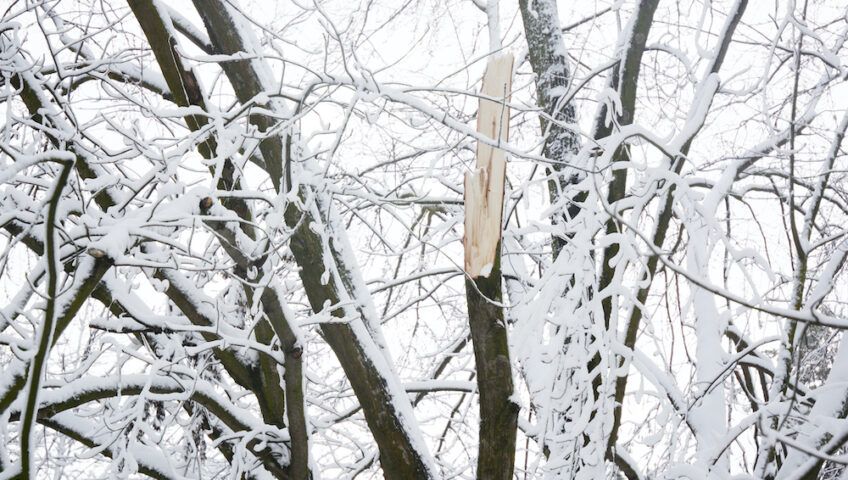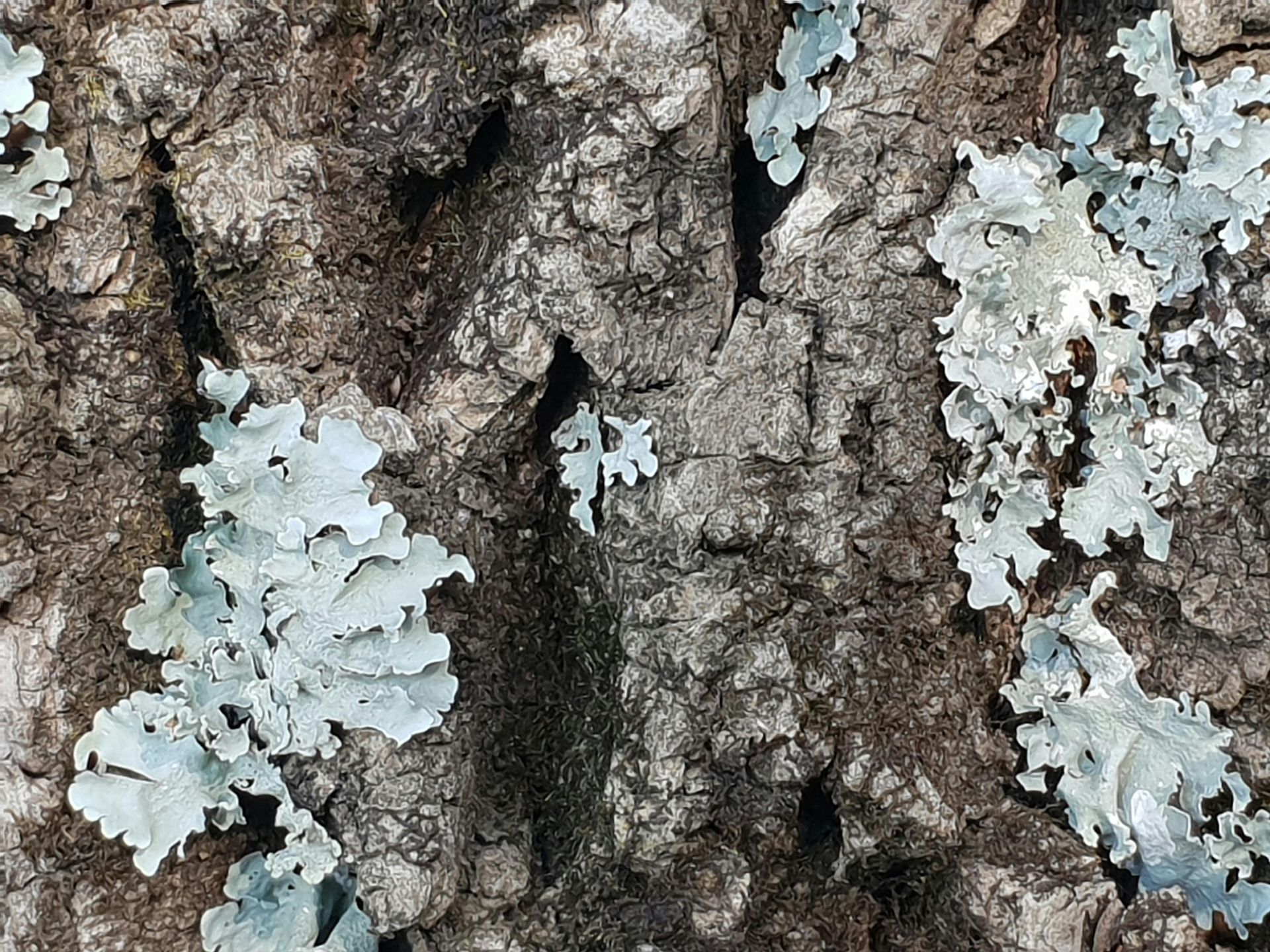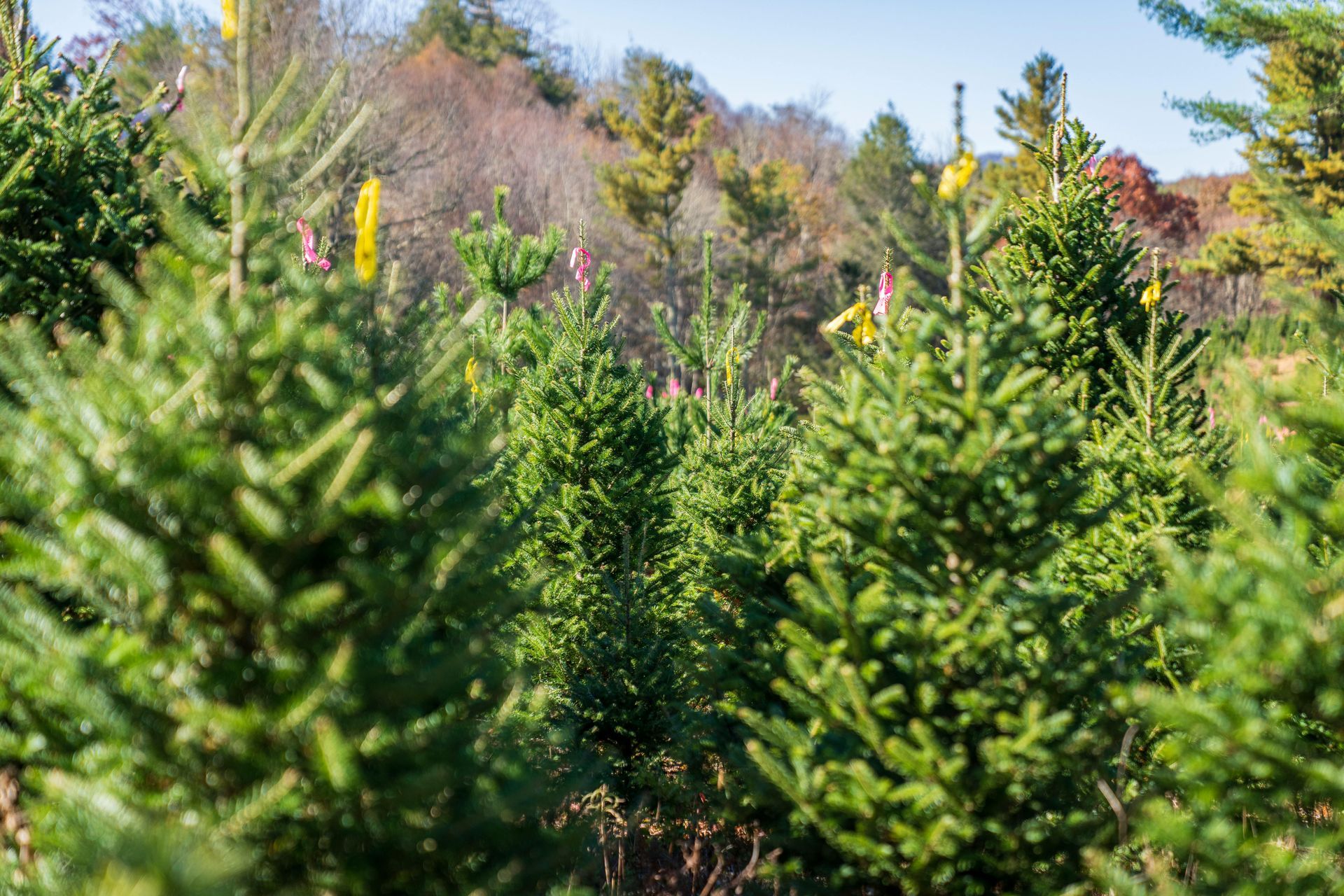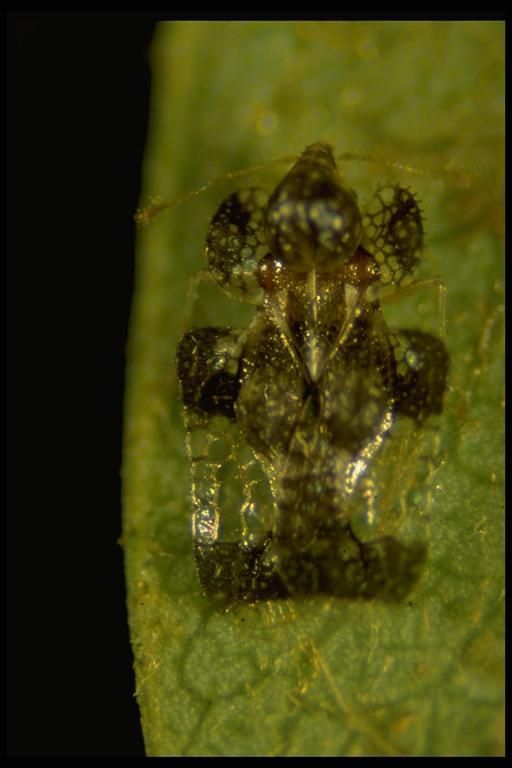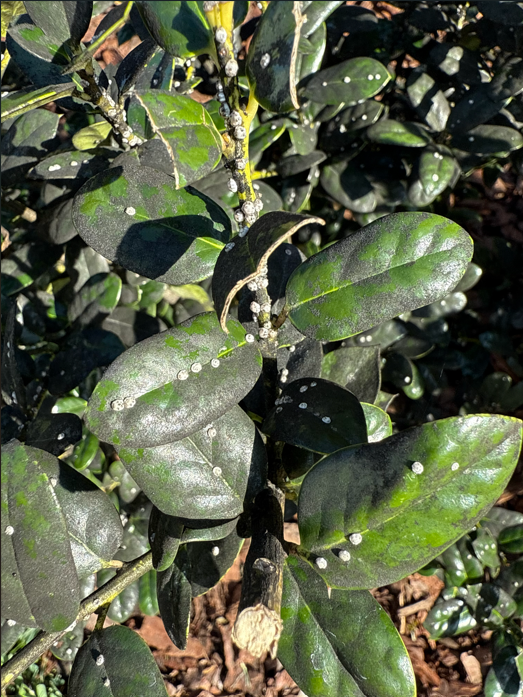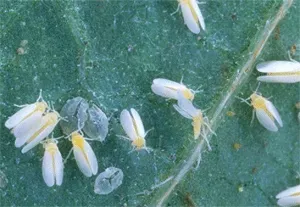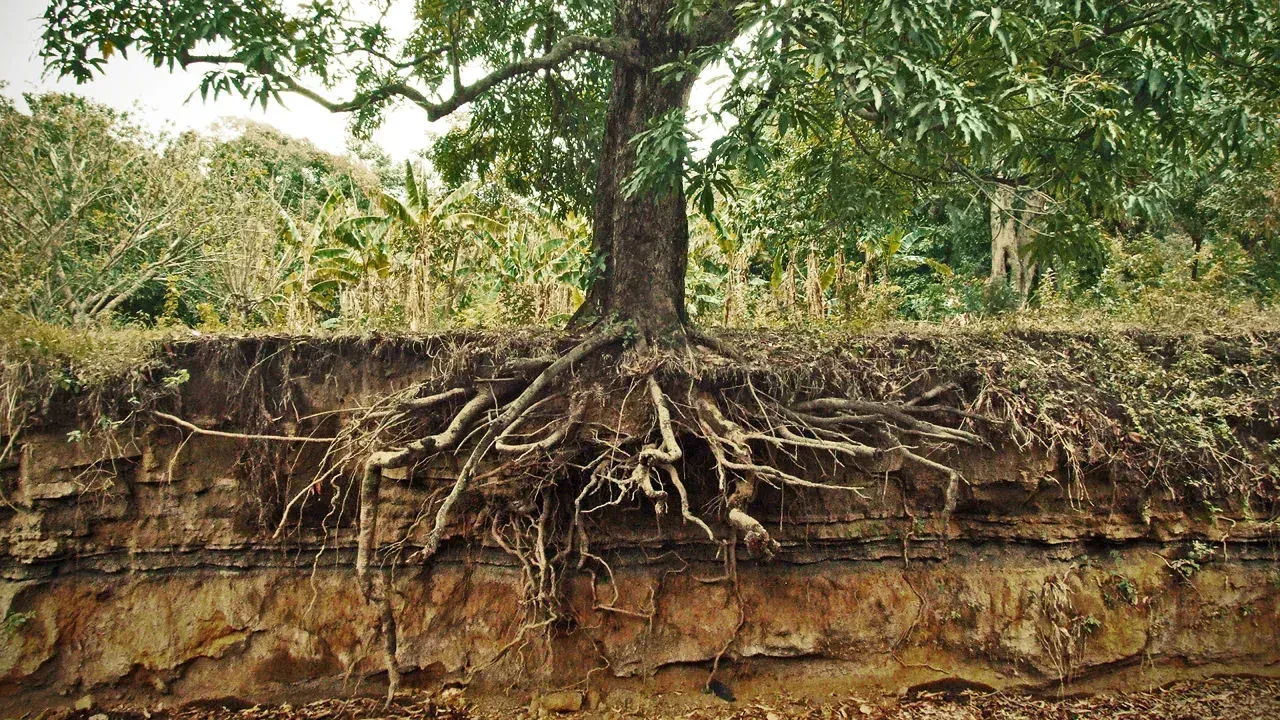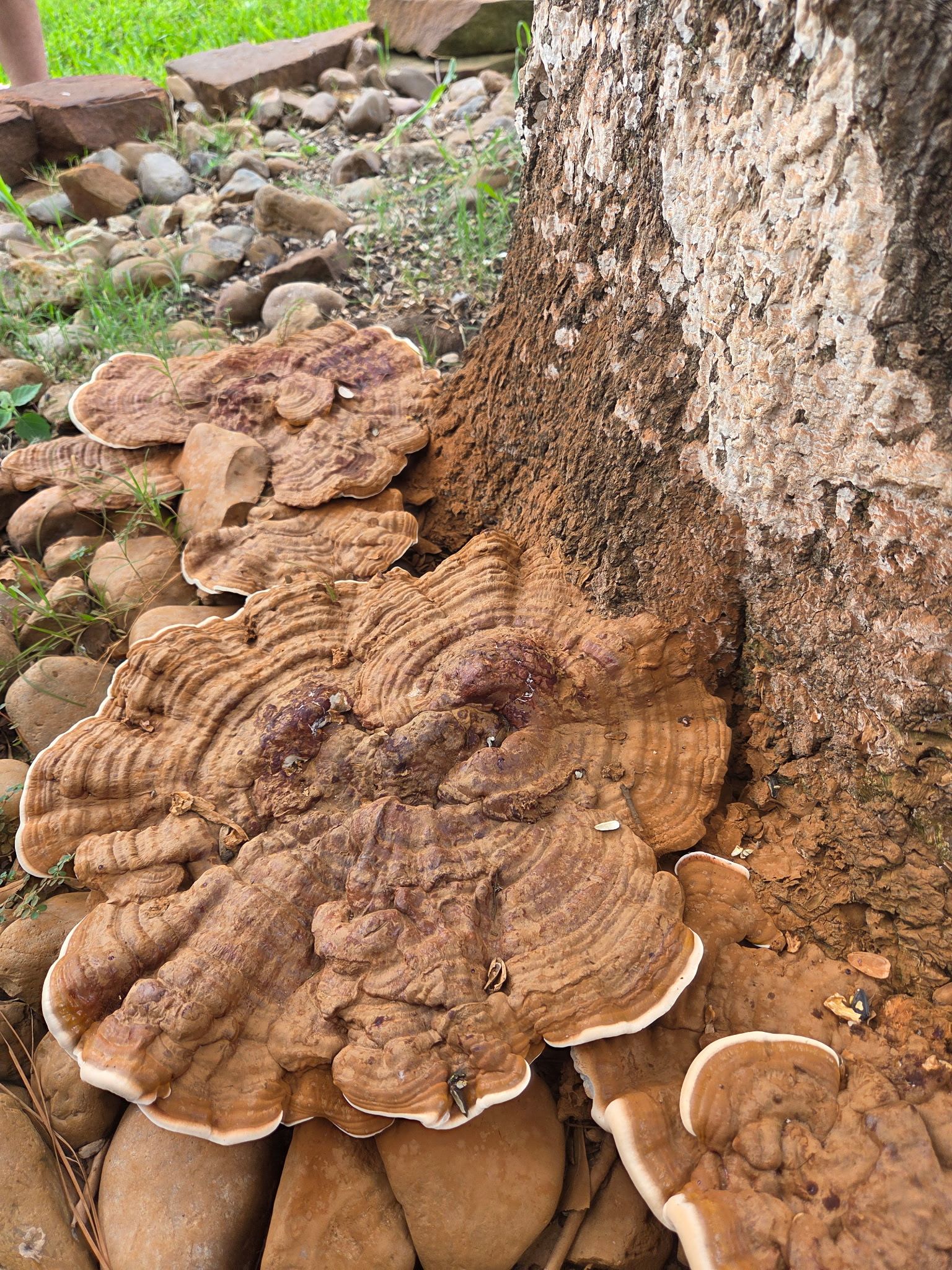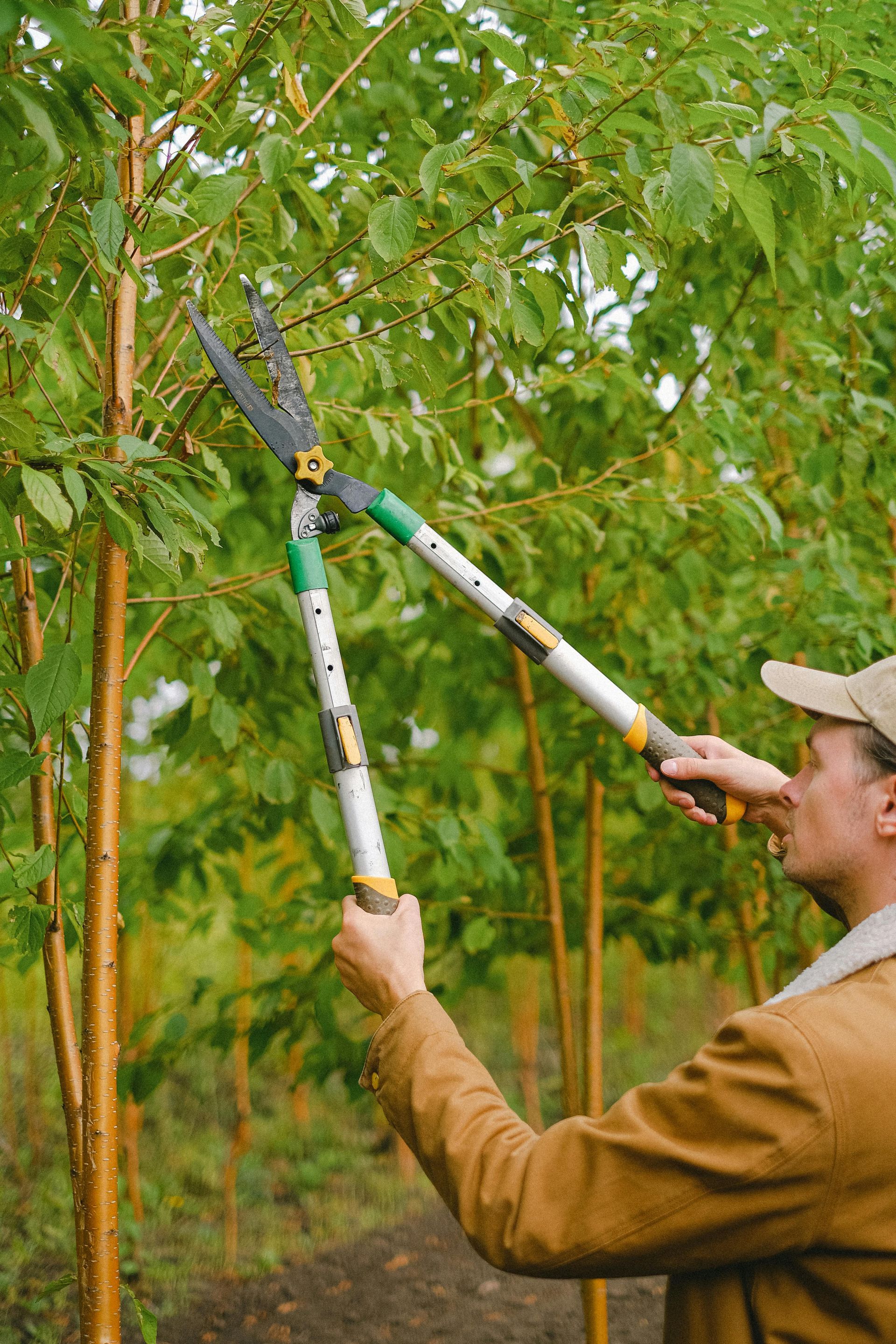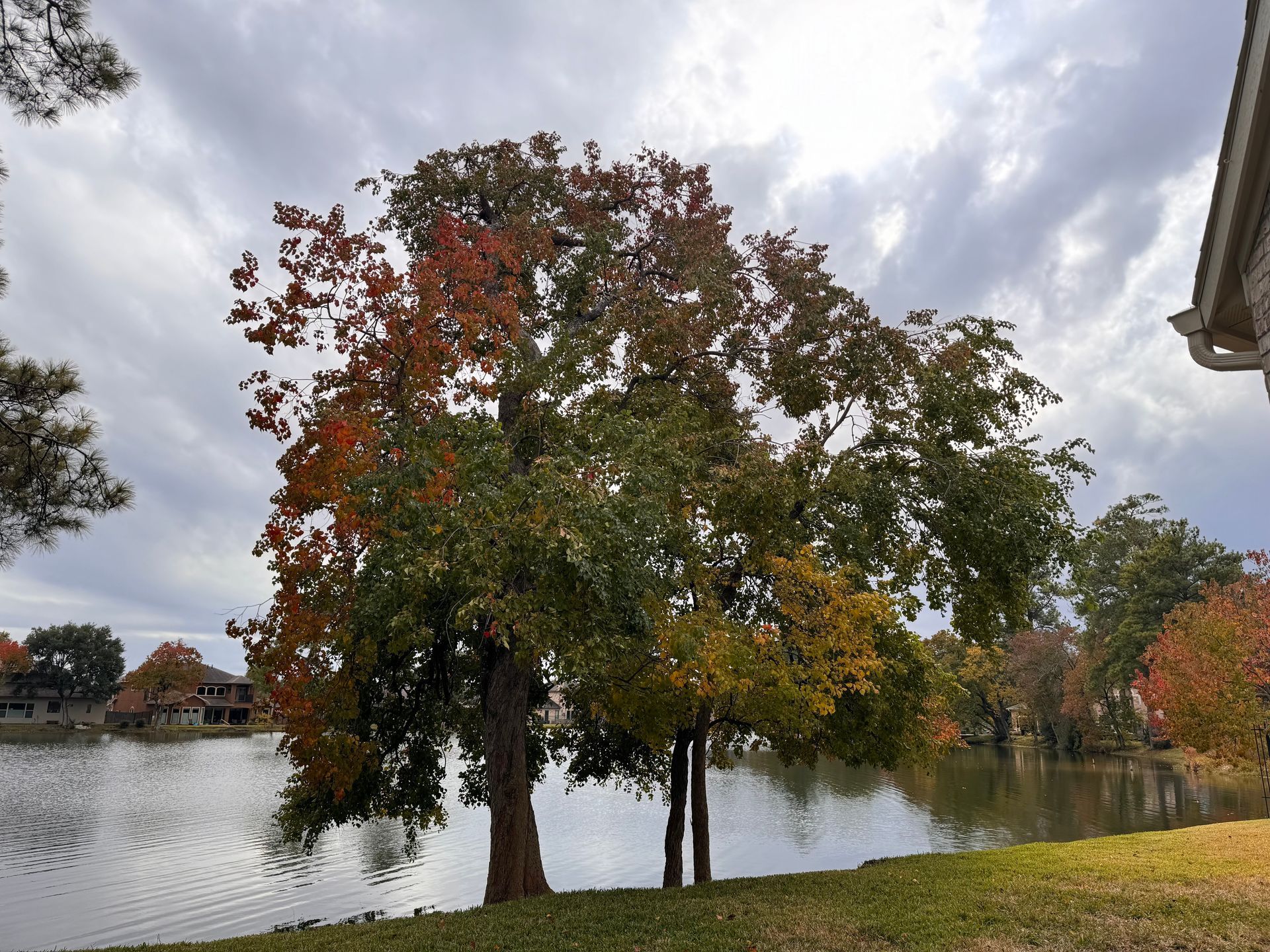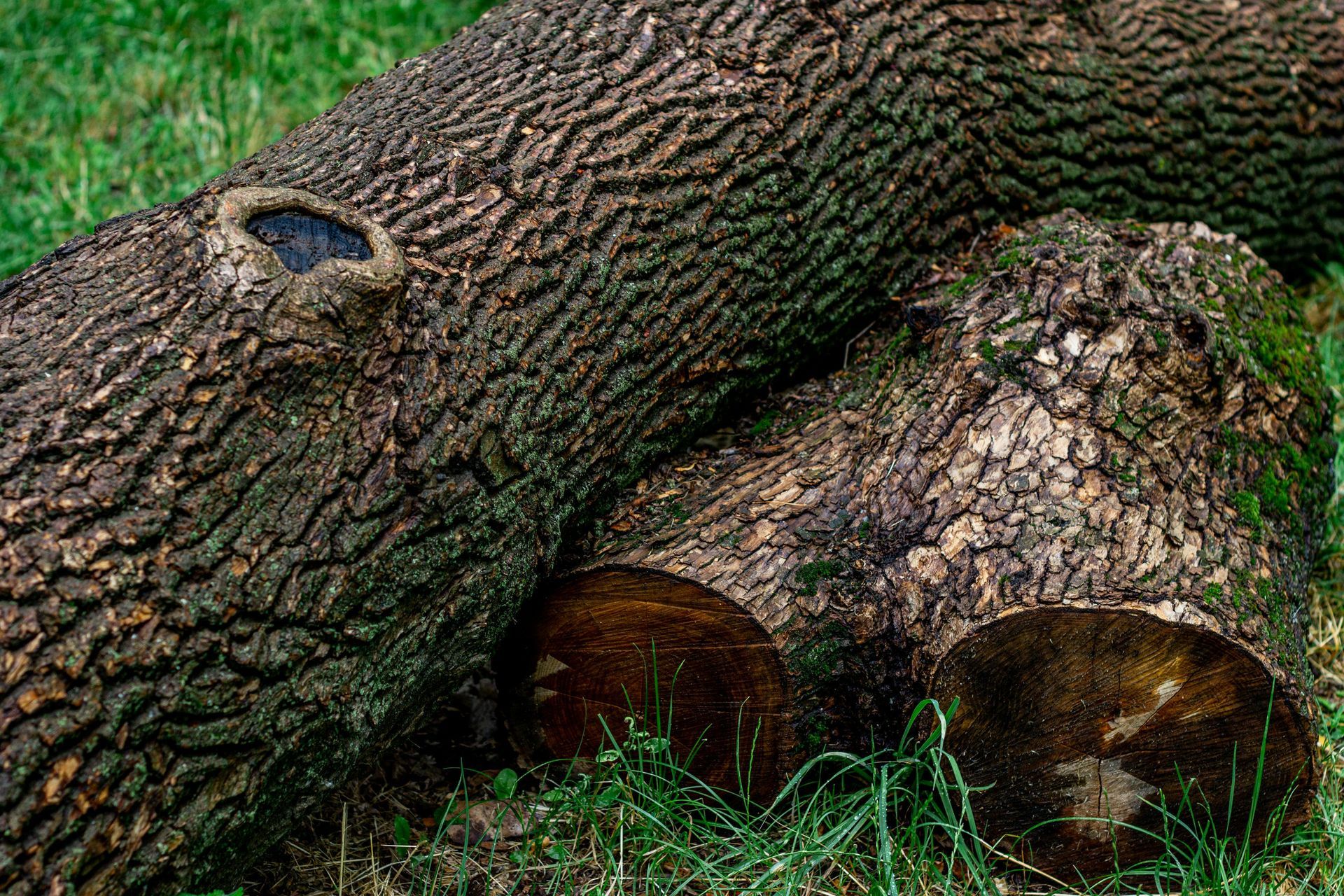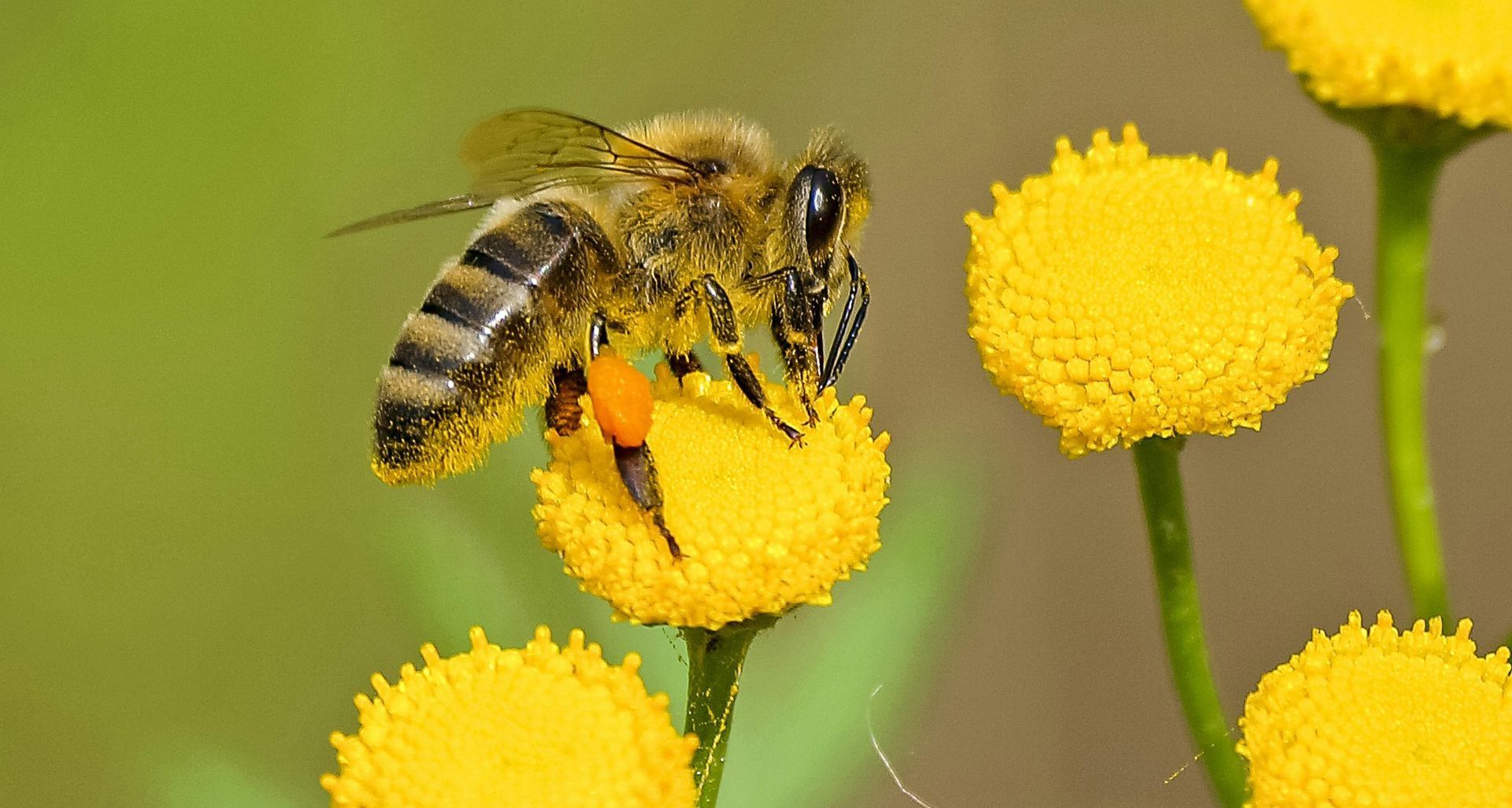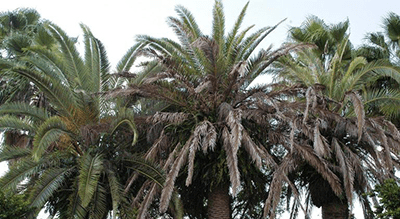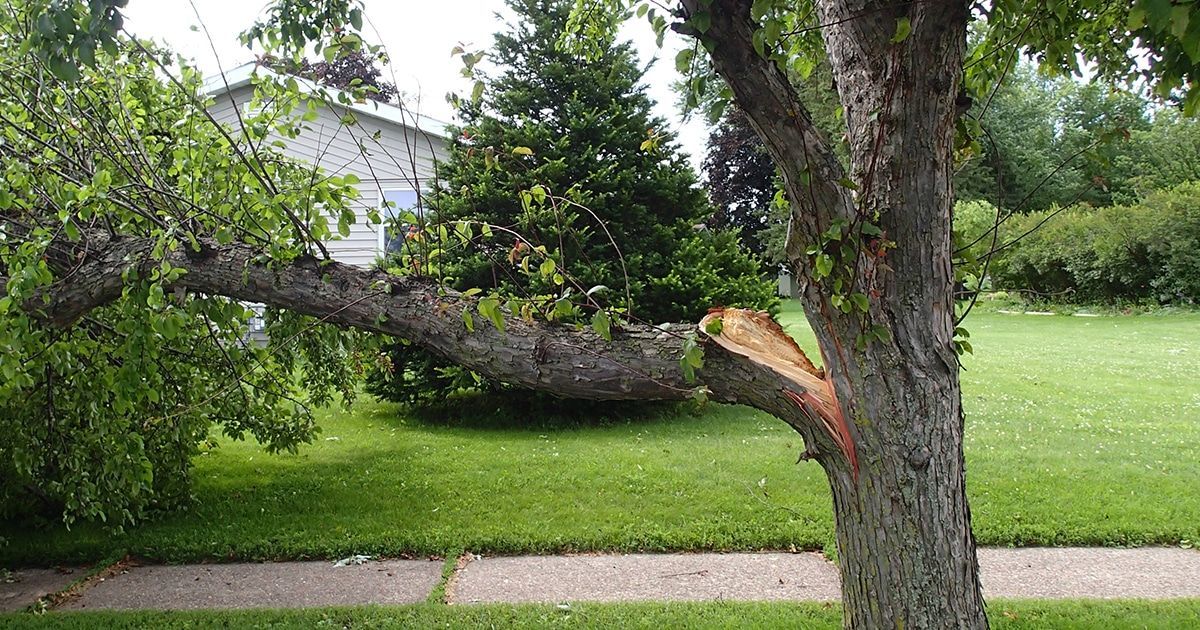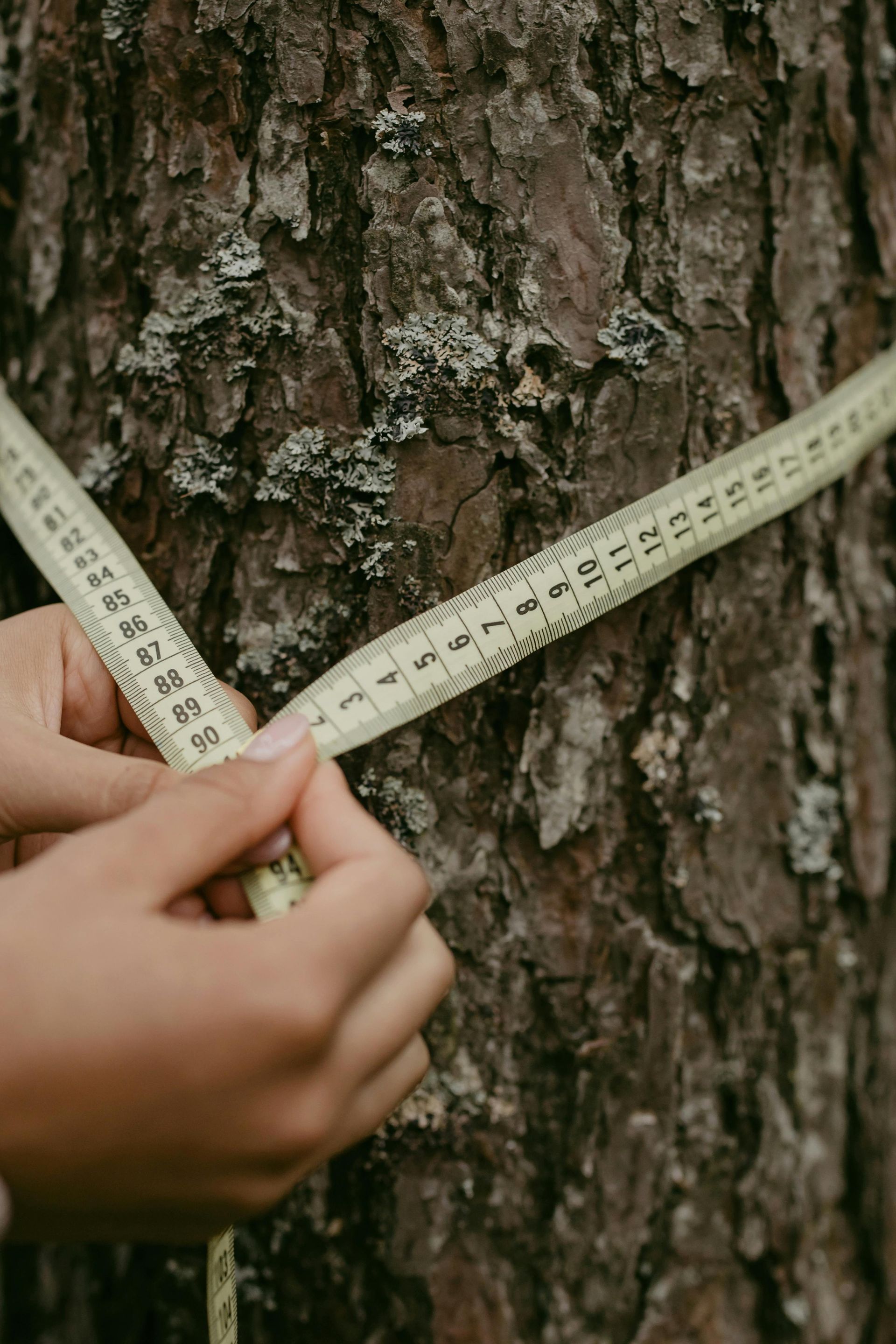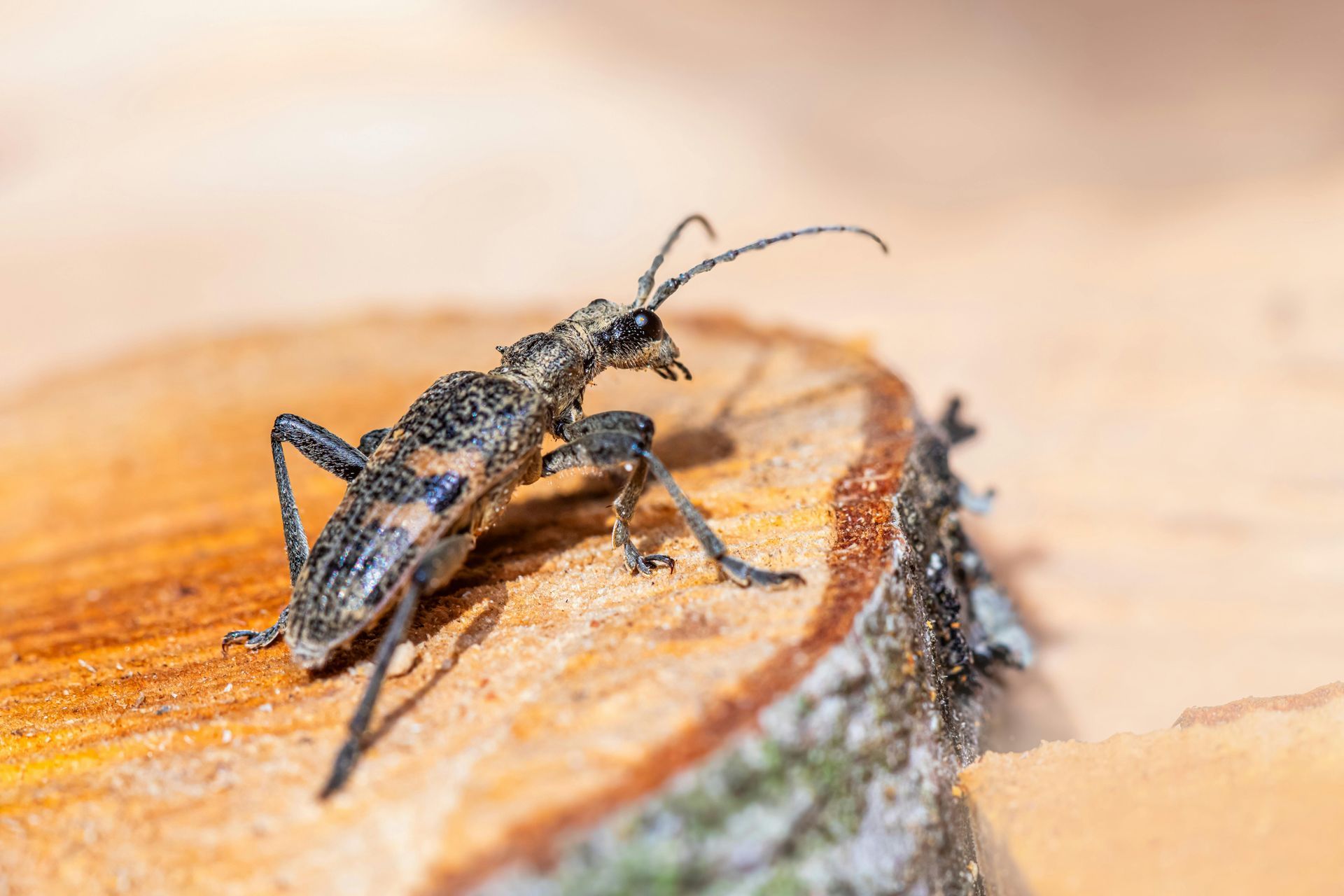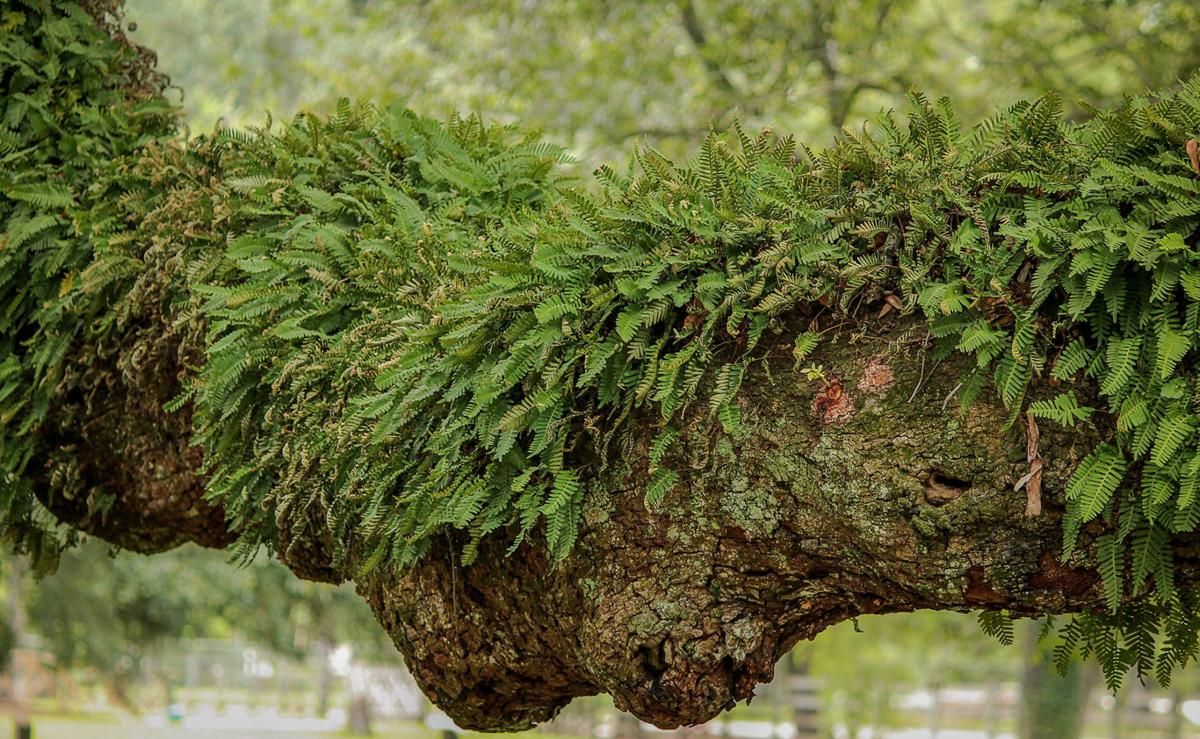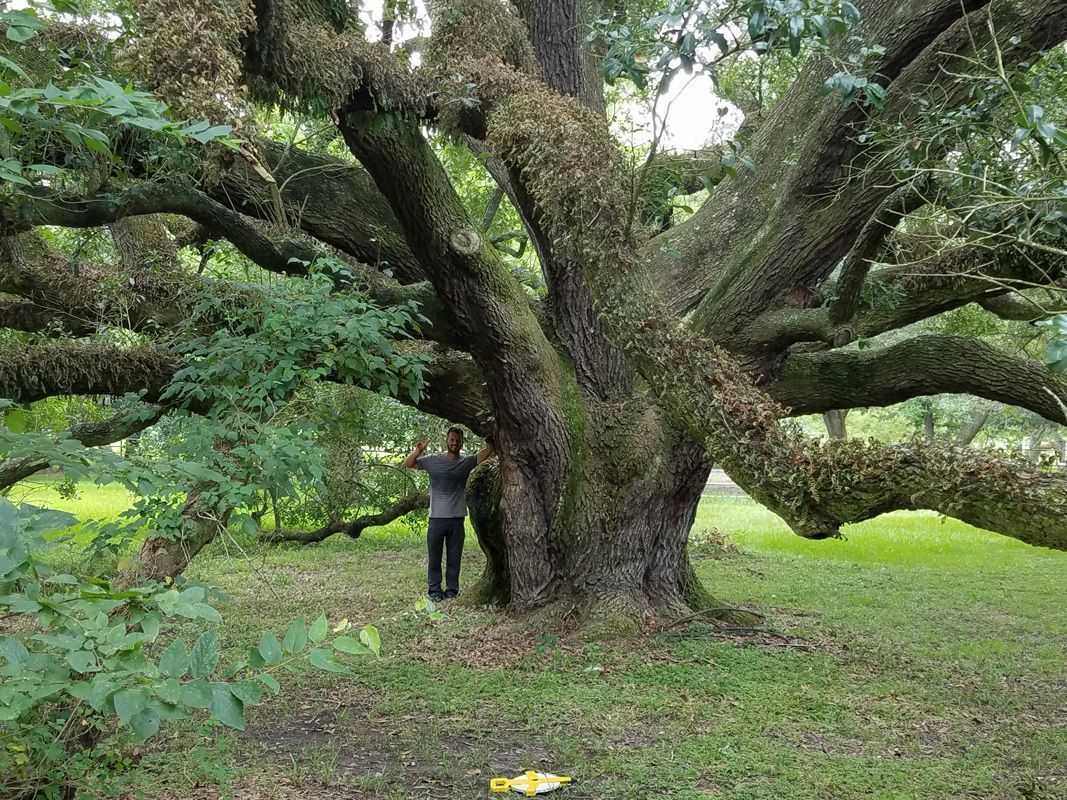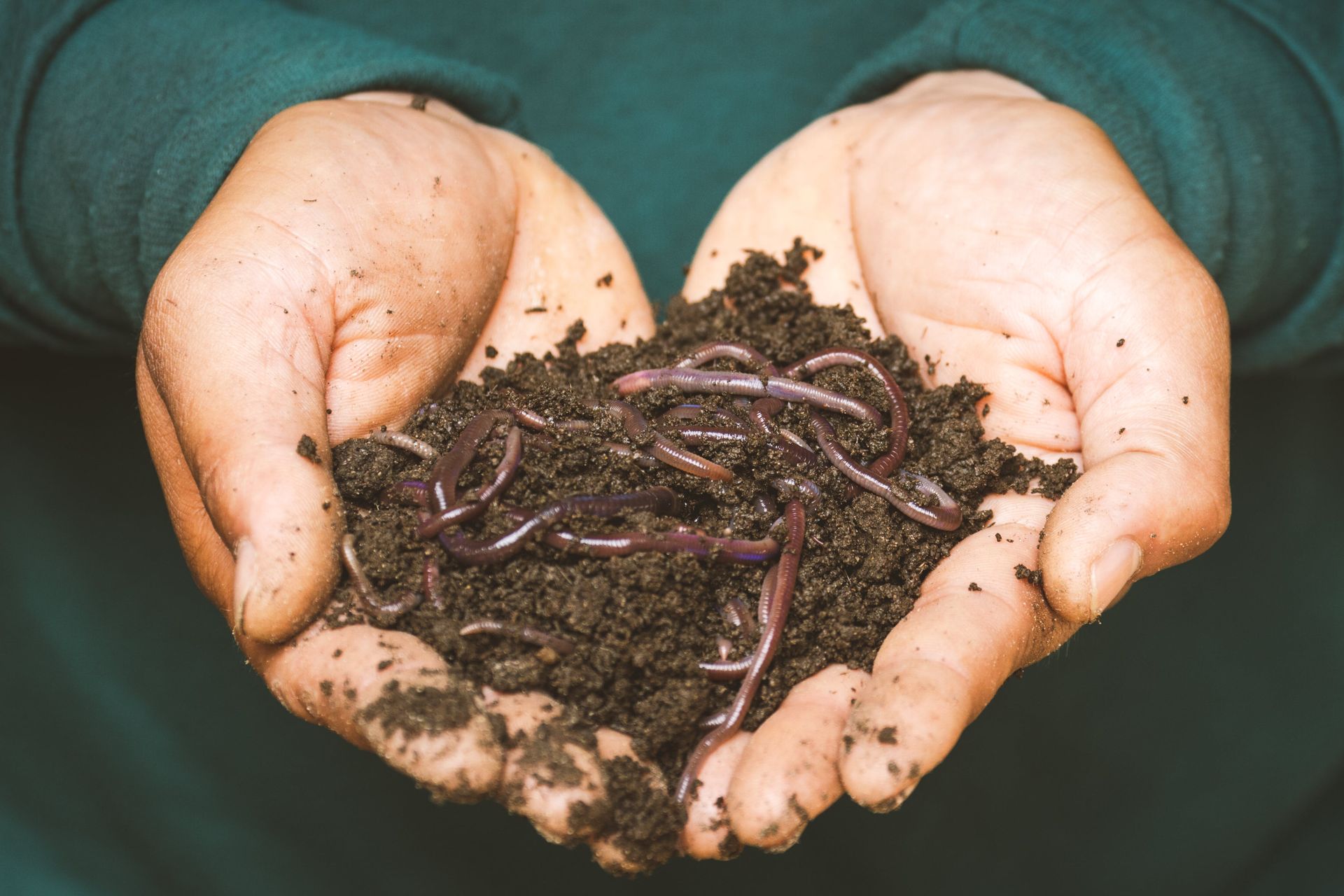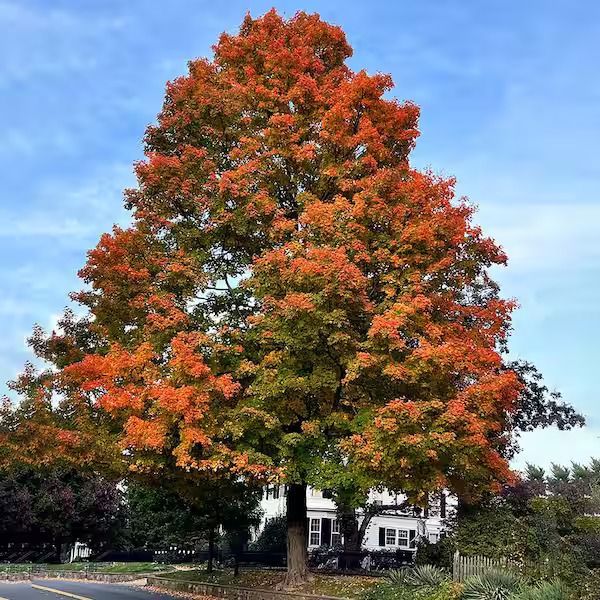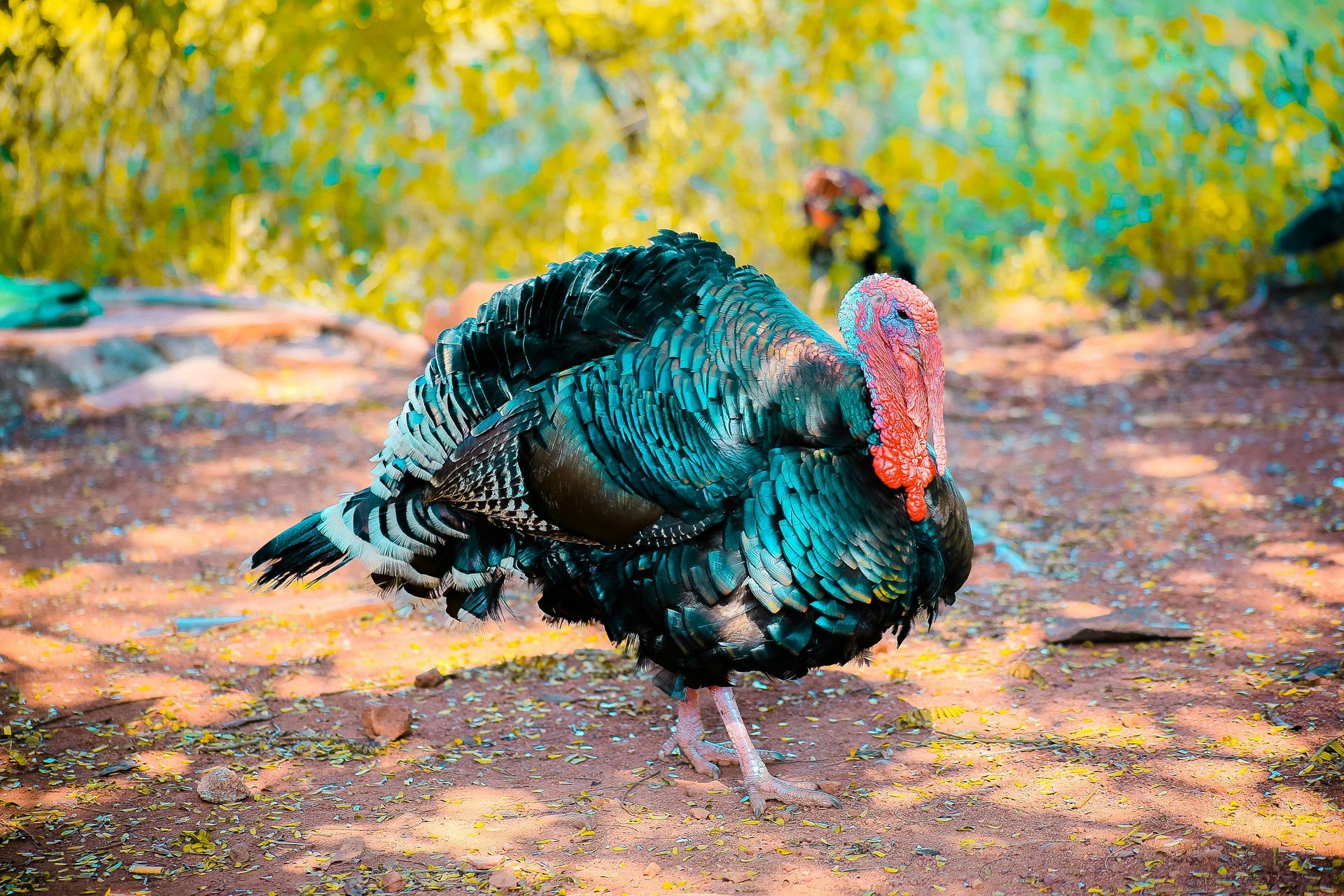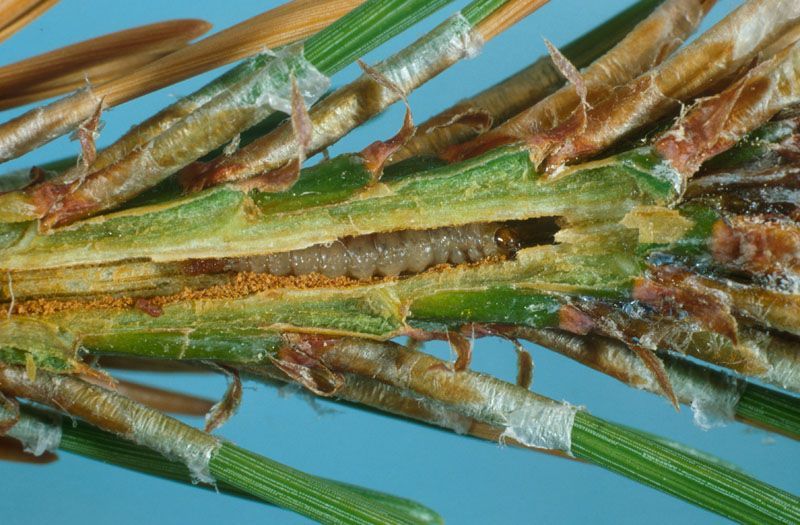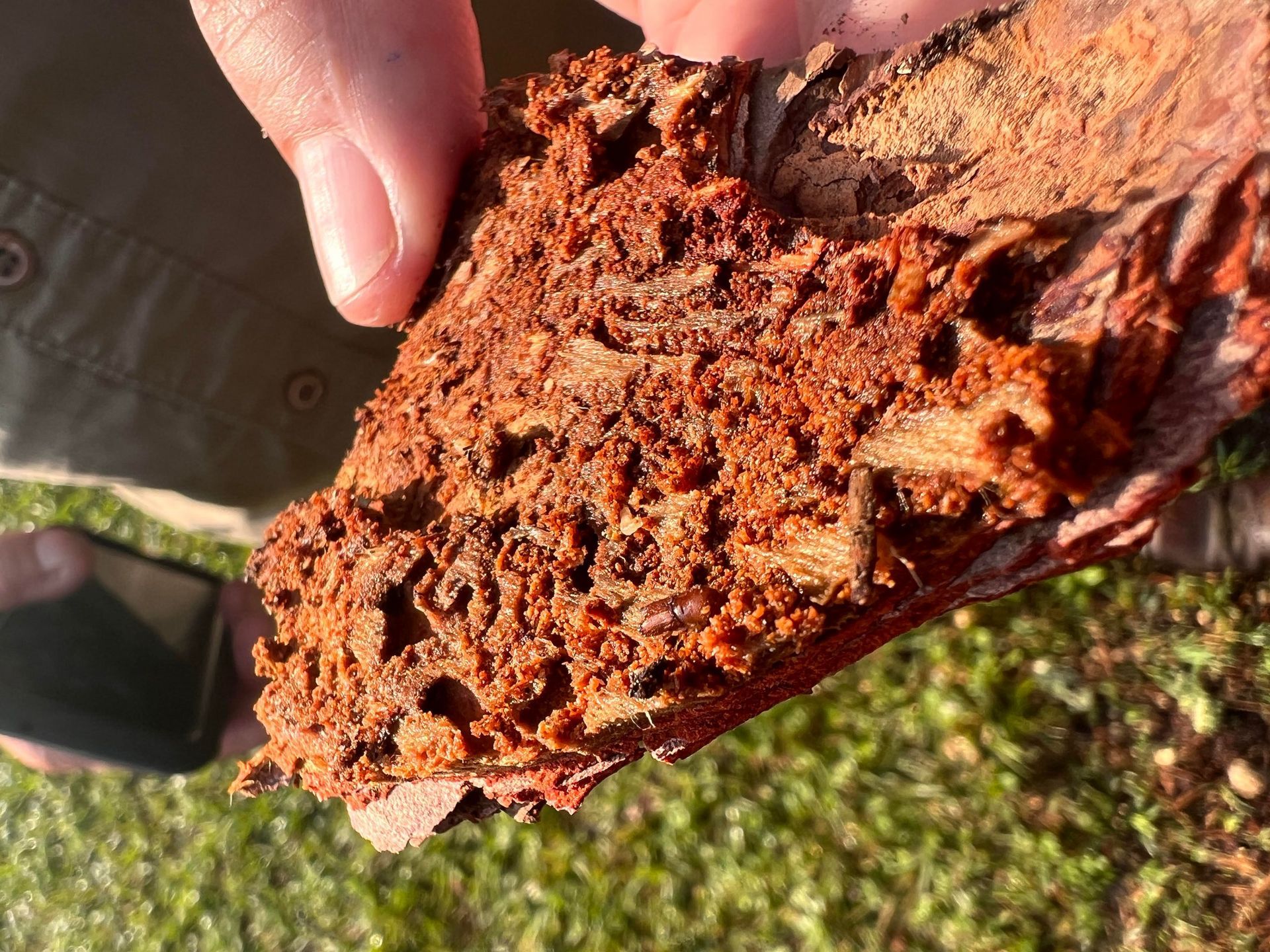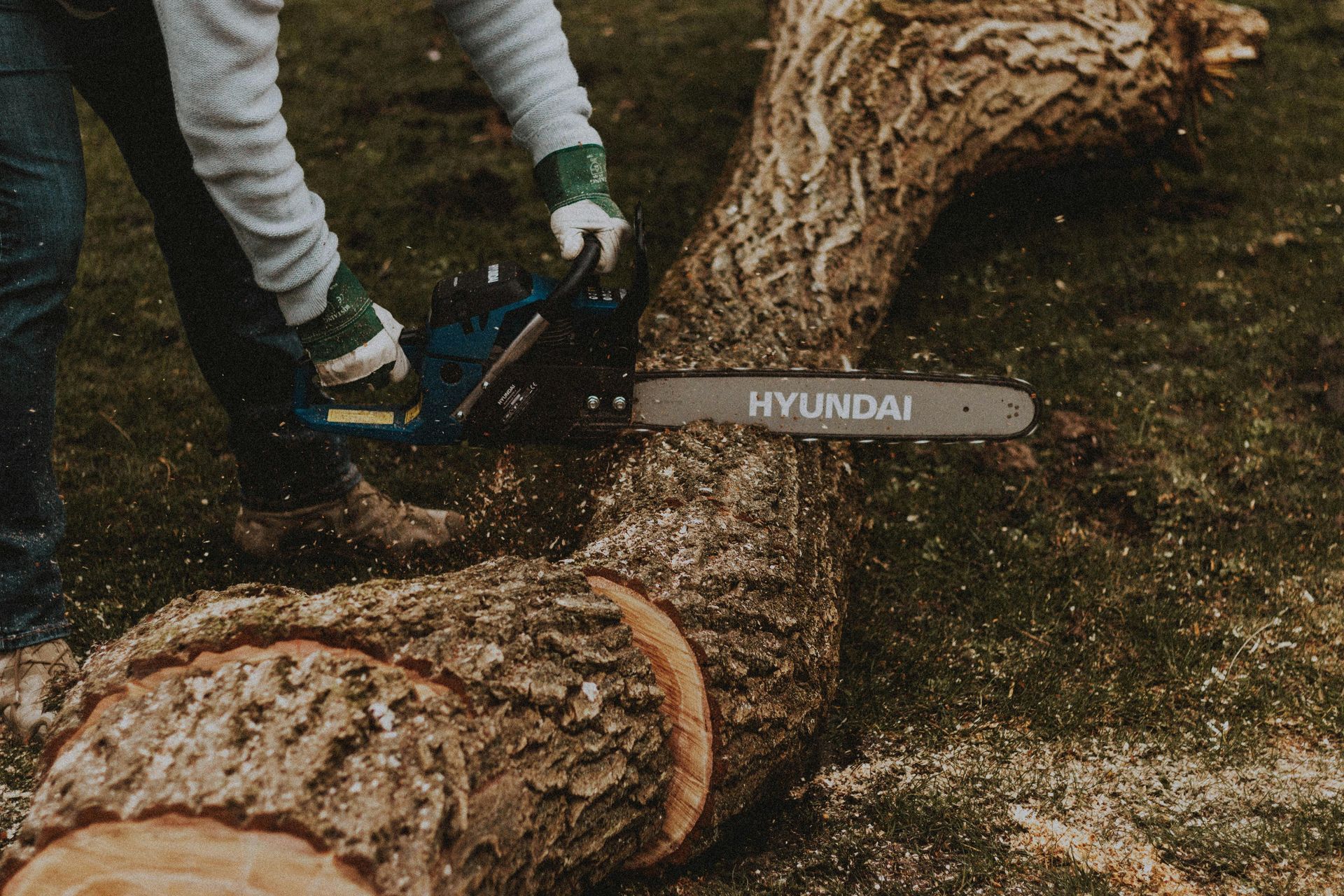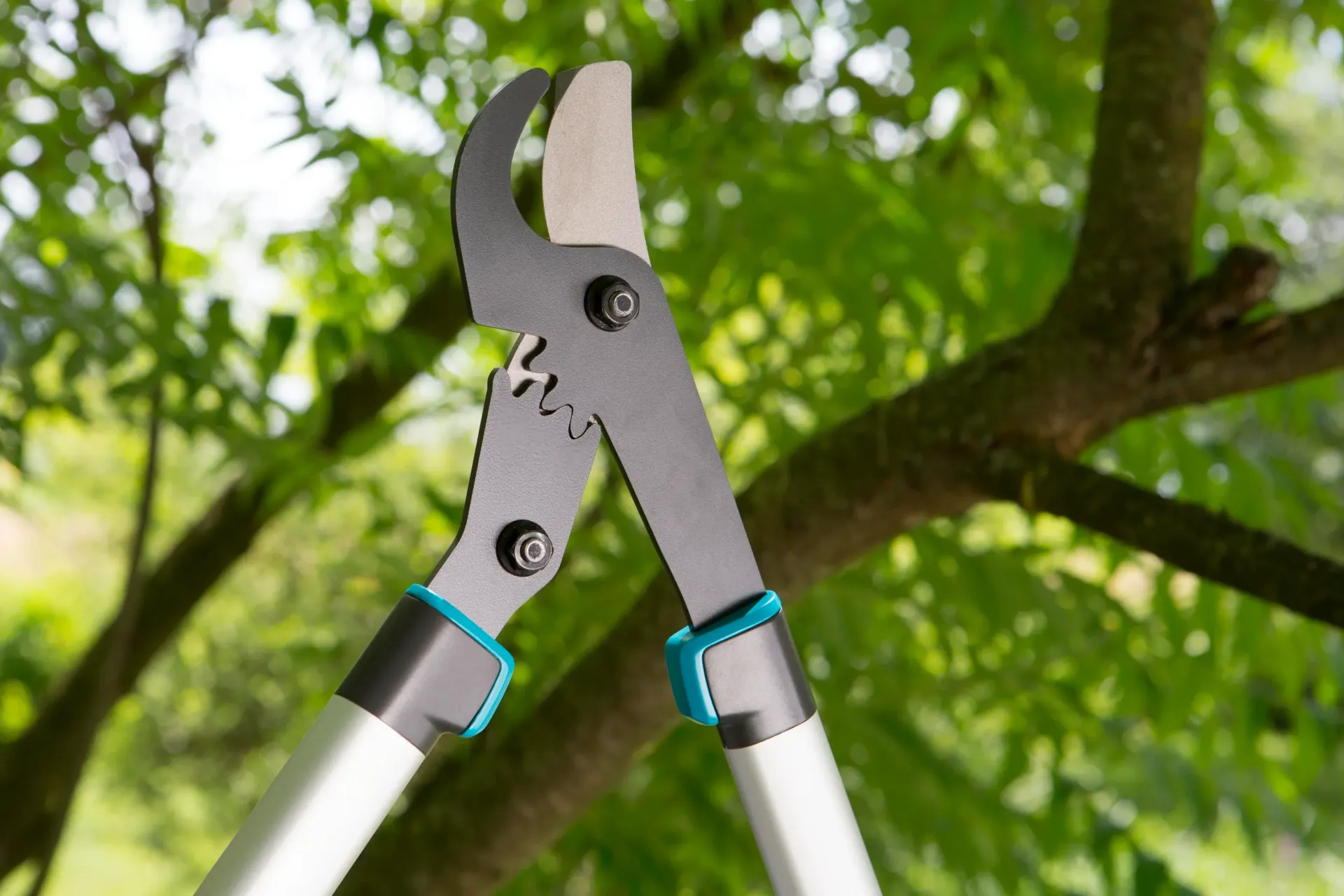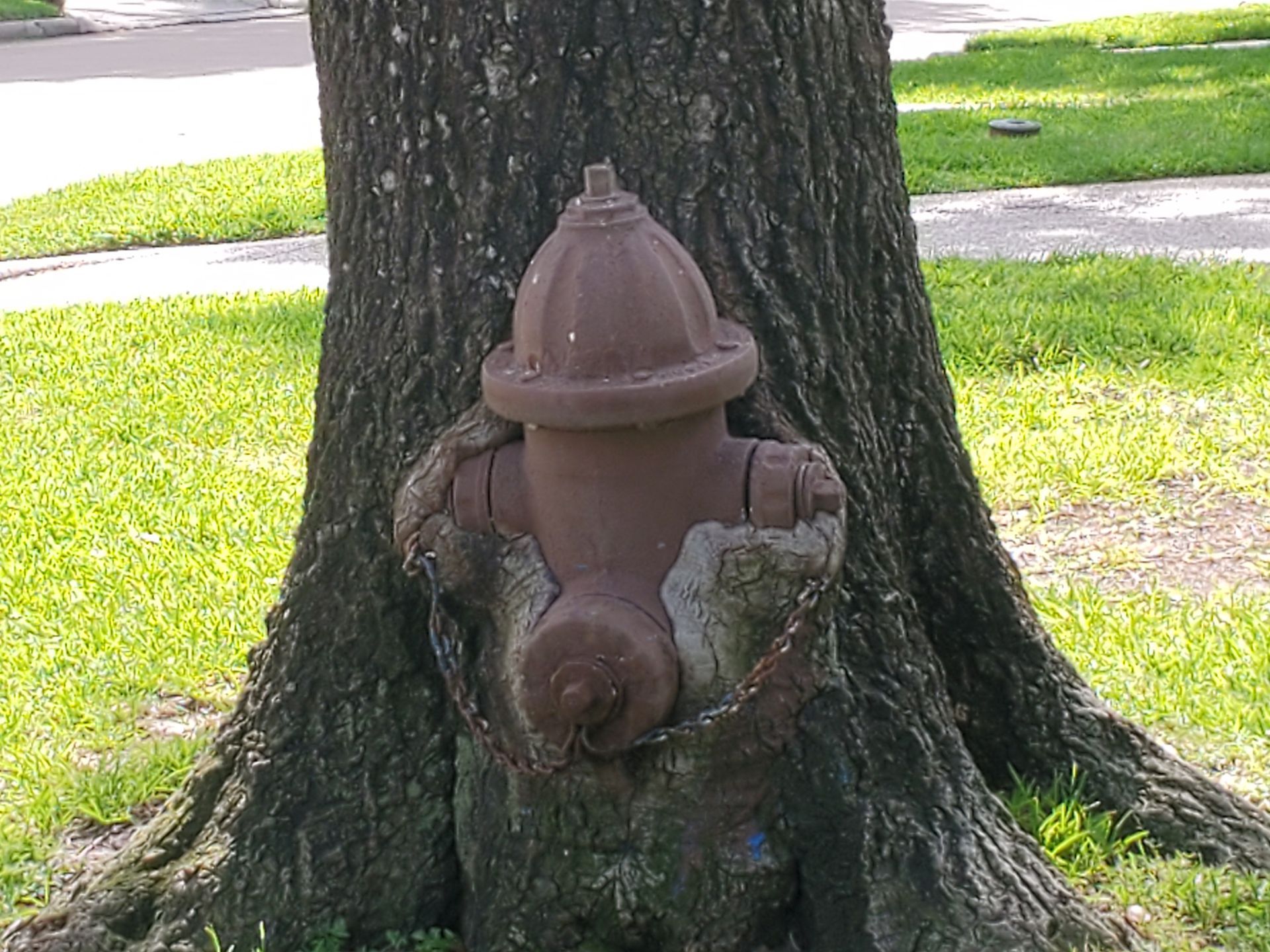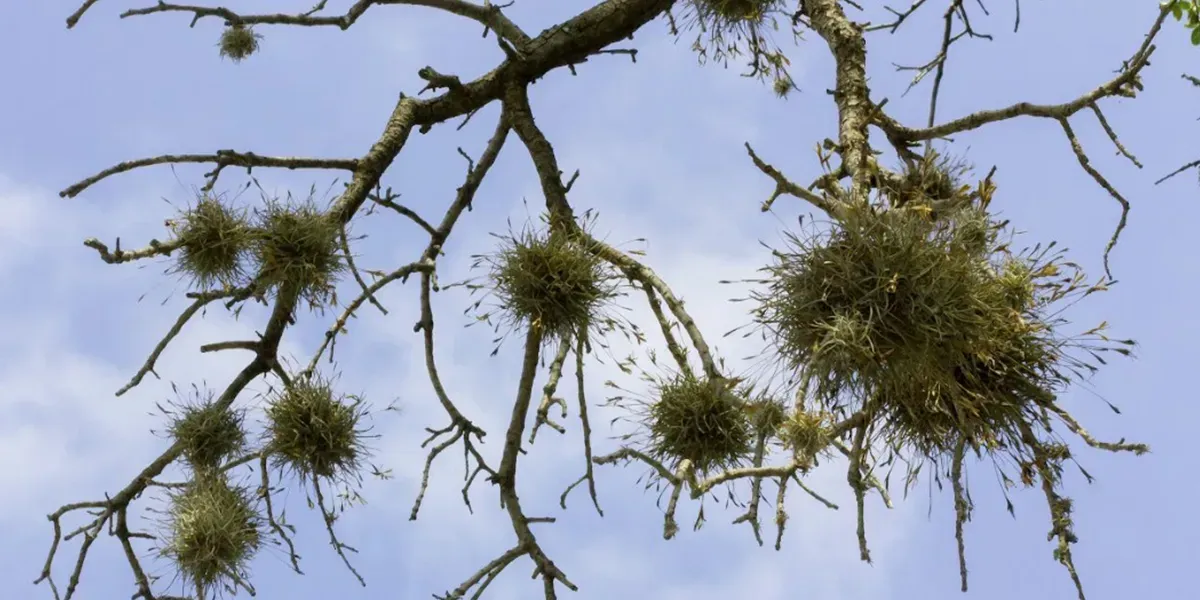Liriope’s Muse: Tree Care Tips from a Master Arborist
TRUSTED TREE CARE SERVICES SINCE 1970
Liriope's Muse - Lace Bug Outbreaks in Greater Houston: What Homeowners Need to Know
The Lace Bug (Corythucha spp.) is increasingly notable in the Greater Houston region, particularly for its impacts on sycamore and Elm trees in residential and urban landscapes. These small pests can become abundant quickly in Houston’s warm climate, making awareness and early detection essential for tree care.
Sycamore lace bug, Corythuca ciliata (Say) (Hemiptera: Tingidae). Photo by Drees.
Hawthorne lace bug, Corythuca cydoniae (Fitch) (Hemiptera: Tingidae). Photo by Drees.
What Is the Lace Bug?
According to Texas A&M’s field guide, the “lace bug,” scientifically known as (Corythucha spp.), is a sap sucking insect that feeds on and spends it whole lifecycle on the underside of leaves, specifically of sycamores, ashes, and hickorys.
Identification
- Adults
Adults measure approximately 1/8 to 1/4 inch in length and have a flattened appearance. Their wings and the area behind the head exhibit a distinctive gauze- or lace-like texture, giving them a whitish or silvery coloration. Hence where they get their name. - Nymphs
Nymphs lack fully developed wings, appearing oval, flattened, and adorned with darkened (black) areas and spines.
Life Cycle & Behavior
- Activity Timeline: Adults emerge in the spring as new leaves appear and lay eggs on the undersides of leaves, often among leaf hairs.
- Development: After a few days, nymphs hatch and progress through five developmental stages (instars) before reaching adulthood.
- Generations per Year: Under favorable conditions, the entire development cycle from egg to adult takes about 30 days, and three to five generations may occur annually.
- Overwintering: Adults overwinter in bark crevices or similar sheltered sites.
Damage & Effects on Sycamores and Elms
According to the University of Florida, the sap sucking bugs can cause:
- Speckling or stippling on upper leaf surfaces from sap extraction.
- White stippling on leaves that can eventually lead to bronzed or chlorotic foliage.
- Premature leaf yellowing or drop.
- Black spots and leaf necrosis.
- Clusters of nymphs and adults, along with cast skins and excrement, are visible on leaf undersides.
Why Houston Needs to Watch Corythucha spp.
Houston’s warm and humid climate accelerates Corythucha spp.'s developmental cycles, increasing the likelihood of rapid population growth and multiple overlapping generations within a single season. Without monitoring or management, sycamore and elm trees can experience chronic stress from defoliation and weakened vitality.
Management Recommendations
Lace bug populations can surge quickly, but management strategies should be approached thoughtfully.
Monitoring and Early Detection
- Regularly inspect your sycamore or elm foliage, especially the undersides of leaves, for visible insects, shed skins, and excrement. Early detection allows for more targeted responses.
Cultural Care
- Maintain overall tree health through deep watering during droughts, mulching, and avoiding unnecessary stress. Vigorous trees can better tolerate lace bug feeding.
Biological and Natural Controls
- Several North American parasites and pathogenic fungi naturally attack these lace bugs. However, research (including studies in Florida, done by UFl) shows these seldom reduce populations enough to prevent significant damage in urban areas.
- Beneficial insects like lacewings, assassin bugs, and lady beetles may provide some local suppression.
Mechanical Controls
- On small trees or light infestations, lace bugs can be dislodged with a strong spray of water or treated with horticultural oils or insecticidal soaps.
Chemical Controls (With Caution)
- A variety of insecticides and application methods (e.g., foliar sprays, trunk injections, soil drenches) can be used, but results are often inconsistent and costs can be high. Large-scale insecticide use in urban areas may also create environmental and non-target risks.
- In many cases, particularly where infestations occur late in the season pesticide applications may be unnecessary. Although the damage can look severe, late-season defoliation of otherwise healthy sycamores/ashes is typically more aesthetic than life-threatening.
Resources I found helpful in my research:
https://texasinsects.tamu.edu/lace-bug
https://edis.ifas.ufl.edu/publication/IN347
Liriope’s Muse - Expert Tree Care Tips


